
Inner Circle | Jun 2024
Future-Proof: How High Performance Organizations Are Actively Building Resilient Leaders
When CEOs embody resilient leadership characteristics—which help them respond to change, minimize risks, and maximize opportunities—extraordinary results are possible.
Welcome to the Pearl Meyer Inner Circle. In this first article we share the stories of four clients who have exemplified the essential leadership attributes required for success.
What does it take to be a successful CEO today and into the next five years? A superhero cape, a crystal ball, and a magic wand might come in handy. The truth is exceptional leadership, the ability to plan for the unexpected, and the courage to act swiftly and quickly are now prerequisites for success. And an open approach to continuous learning, particularly in emerging technologies, cannot be underestimated.
Yes, the traditional leadership attributes are still needed to achieve strategic business goals and create value or enact a mission. Strategically, those include industry experience, financial acumen, a strong customer relationship orientation, and more often than not, global experience. At the organizational level, P&L and operations experience, a strong process and procedure orientation, and delegation skills remain critical. Talent-wise, a CEO must still be able to attract, develop, and retain talent. And what we may have previously thought checked the boxes for CEO leadership—accountability, confidence, drive, and commitment—are important, but no longer enough.
It’s a new world that requires new skills and characteristics.
Rather than focus solely on theory, we want to illustrate that when CEOs embody more resilient leadership characteristics—which help them respond to change, minimize the associated risks, and maximize the opportunities—extraordinary results are possible. Who are these leaders? What have they done and how did they do it? And what do their stories have in common?
We’ll examine four real-life client cases where CEOs embodied attributes—either innately or purposefully developed—that led to desired results. These are attributes that are rooted in resiliency and that will be increasingly required of all CEOs, no matter what opportunity or challenge is put in front of them and their organizations.
Resilient Leadership: An Integrated Approach That Delivers Tangible Outcomes
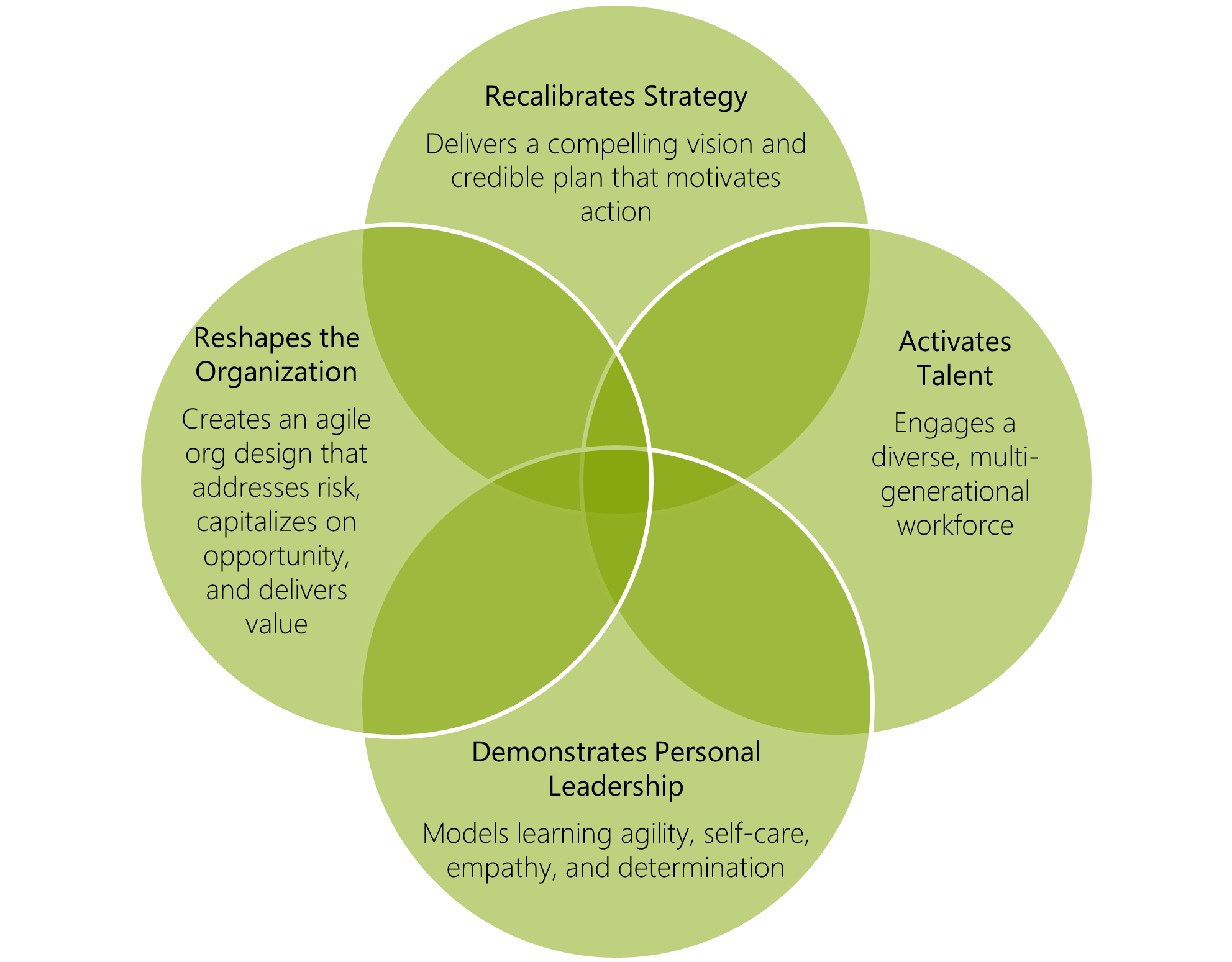
1. The Steady Hand in a Long Storm: A Financial Services Firm Undergoes a Strategic Turnaround
As noted earlier, it’s been the norm to think of a CEO’s strategic ability in straightforward terms of industry and global experience, financial intelligence, and customer-centricity. But the concept of an organizational strategy has evolved from multi-year business planning to include a call to action or purpose: Why does the company exist and what does it stand for?
Managing to purpose requires agility and an ability to identify opportunities, build consensus, and empower teams. A savvy and successful CEO today cannot realize their organization’s long-term objectives without these additional attributes.
Our strategy example focuses on the total reimagining of a privately held financial services firm that had been in business more than 35 years. The company needed to differentiate itself in an increasingly homogenous market and enact a sustainable growth strategy that would touch every part of the business including products, core capabilities, talent, and organizational structure.
The CEO engaged our leadership services team to help define and build out his action plan for the transformation, which started with a key executive hiring that was game-changing for the company. Together the CEO and newly hired President determined there were three key areas to focus on: communicating the vision, developing additional leaders to support the long-term mission, and optimizing the organizational structure.
The first hurdle was to maintain the momentum of the leadership team’s engagement in the turnaround; the CEO knew he had to help his direct reports lead their teams through the long process. He continually engaged internal and external stakeholders on the growth plan and progress, which helped ensure leadership commitment to making the required changes.
Organizationally, some structures and processes needed to change in order to support a “new way of working” within and across departments. Each department developed a plan for how their work contributed to the turnaround, how their department would need to change, and what it meant for its work with other departments.
Similar to keeping the leadership team active in pursuing the turnaround milestones, the CEO knew he needed to strengthen the company’s ability to further develop its existing leaders and high-potentials. As part of the talent team’s contributions to the turnaround, the company created a leadership development program that helped leaders learn about themselves and how they could bring their creative ideas forward in pursuit of innovative problem-solving.
As a result of this CEO’s innate understanding of where his firm needed to go, and that flexibility, commitment, and consensus would be required, he was able to embed the turnaround strategy throughout the company over the long term. He kept internal leaders and external constituents aligned, translated the growth plan into specific departmental action plans, rapidly upgraded the company’s HR infrastructure and influence, and implemented firm-wide and intra-departmental process changes and critical linkages across the organization to enable the growth strategy. A CEO successor has been identified, an ongoing leadership program is in place, and the vision of unique products, services, and delivery has successfully gone to market resulting in increased shareholder and client value.
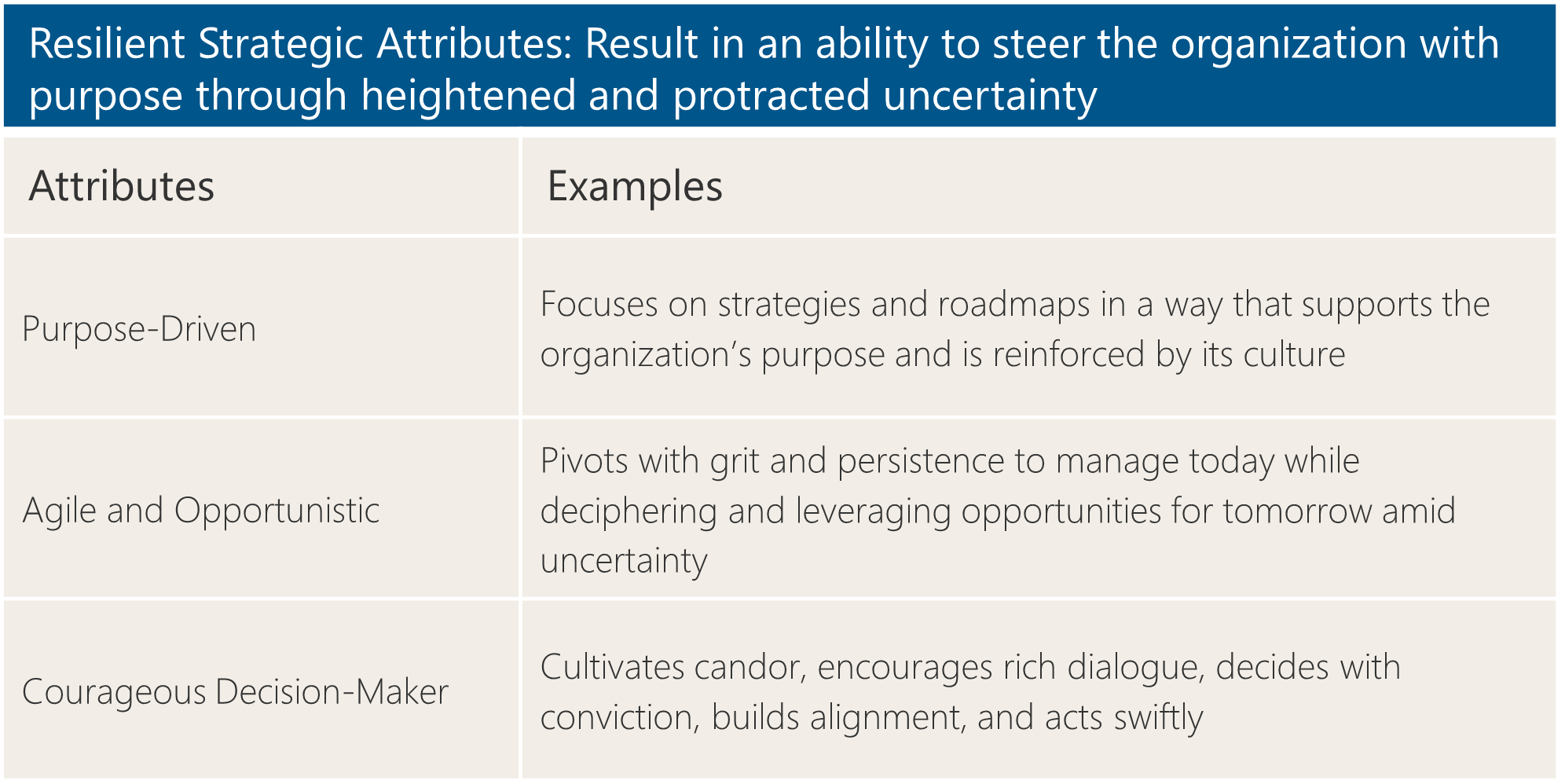
2. Harnessing Energy and Inspiring Change: An Arts Organization Grows and Thrives Post-Pandemic
When we think about the traditional organizational skills of a CEO, experience managing a P&L and operations come to mind, as does a process-and-procedure mindset, and a strong willingness to delegate. Historically for many companies, that has led to rigid hierarchies and inflexible cultures—not the best recipe for success in today’s environment.
The here-to-stay reality is that technology and myriad other forces mean work is always evolving, and for many, our work lives have fundamentally changed. This demands a leader who can build supportive corporate cultures, takes less of a “command and control” approach to their organization, and is more willing to empower employees to perform in an environment of continuous learning.
Our organization skills example focuses on our leadership services team’s work with a new executive director at a leading fine arts museum who brought renewed energy and focus to the institution. He had strong support from the board for a bold strategic plan to increase the museum’s impact that had significant implications on the culture, leadership, and organization design. The museum needed to build agility into all aspects of its functions.
The new executive director had a vision to set up his leadership team for long-term success, regardless of the specific goals. He knew that the bold strategy would require significant and deep cross-departmental collaboration that did not exist at the museum. He positioned the changes—in the form of agile work-system bootcamps, individual assessment and development and leadership team coaching—as ongoing developmental opportunities benefitting individuals and the organization as a whole.
As a result of this approach, the executive director was able to install an operating model with cross-functional teams aligned to specific strategic objectives. These objectives included actively engaging with the museum’s community, focusing programming on differentiating exhibitions, building an inclusive culture, and delivering operational excellence.
Through this agile work-systems approach, he was able to align the whole museum to its strategy without the major disruption that typically accompanies a restructuring. Today, the museum is a model among US art museums and known for its culture of belonging—internally and in the community.
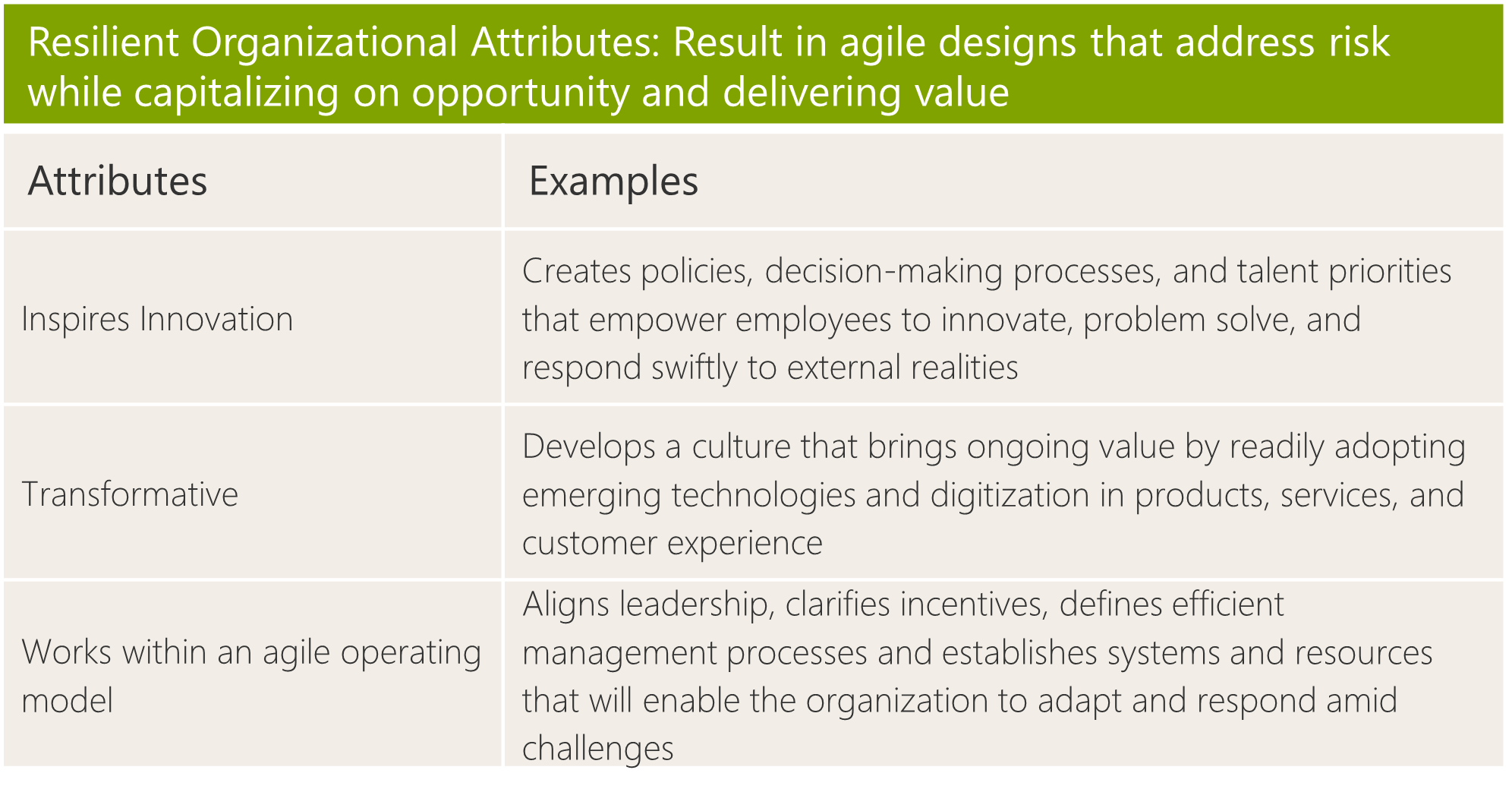
3. Coaching and Building the Bench: A Global Franchise Operation Sets Its Team Up for the Long Run
Work has fundamentally changed—how it gets done and how people feel about their jobs and the workplace are both undergoing massive transformation. Of course, being able to attract, develop, and retain talent is still a foundational skill for senior leaders. But what it takes to be successful in these areas has expanded considerably in the past few years, and may be one of the most daunting yet important responsibilities of a CEO. Companies must be able to engage and retain difference-making talent across the time period required to enact business goals. This leaves little choice but to invest significant time and resources to leadership development and succession planning deep within the organization, yet starting at the top of the house.
One of the world’s largest casual dining companies, a public entity with almost 90,000 employees and 1,500 outlets, tackled the executive development issue head-on. Its CEO had the foresight to know that preparing the organization for sustainable growth meant it had to undergo a thorough executive development process. Based on the structure of the company, which includes multiple brand-based business units, he also wanted to build a leadership profile for the company that includes a strong focus on collaboration.
In considering how to work with his senior leaders on this important work, this forward-thinking CEO worked with our leadership services team to facilitate discussions among leadership about the skills and characteristics that would be beneficial for the company’s future C-suite leaders. The CEO started at the top, setting the expectation that his executive team needed to improve its own effectiveness as a leadership body. Through a combination of individual assessments, peer feedback and facilitated offsite sessions, the team diagnosed its own functioning issues, identified improvement priorities, and created sub-teams to work on each aspect of the team’s strategic priorities.
As a result, the team increased its value and ways of working together. In parallel, many of the executive team members went through an assessment and coaching process to improve leadership in their current role and position them for future C-suite roles, including CEO. The CEO and board now have much more confidence in his team’s ability to lead the company into the future and are more prepared for CEO and C-suite succession over time.
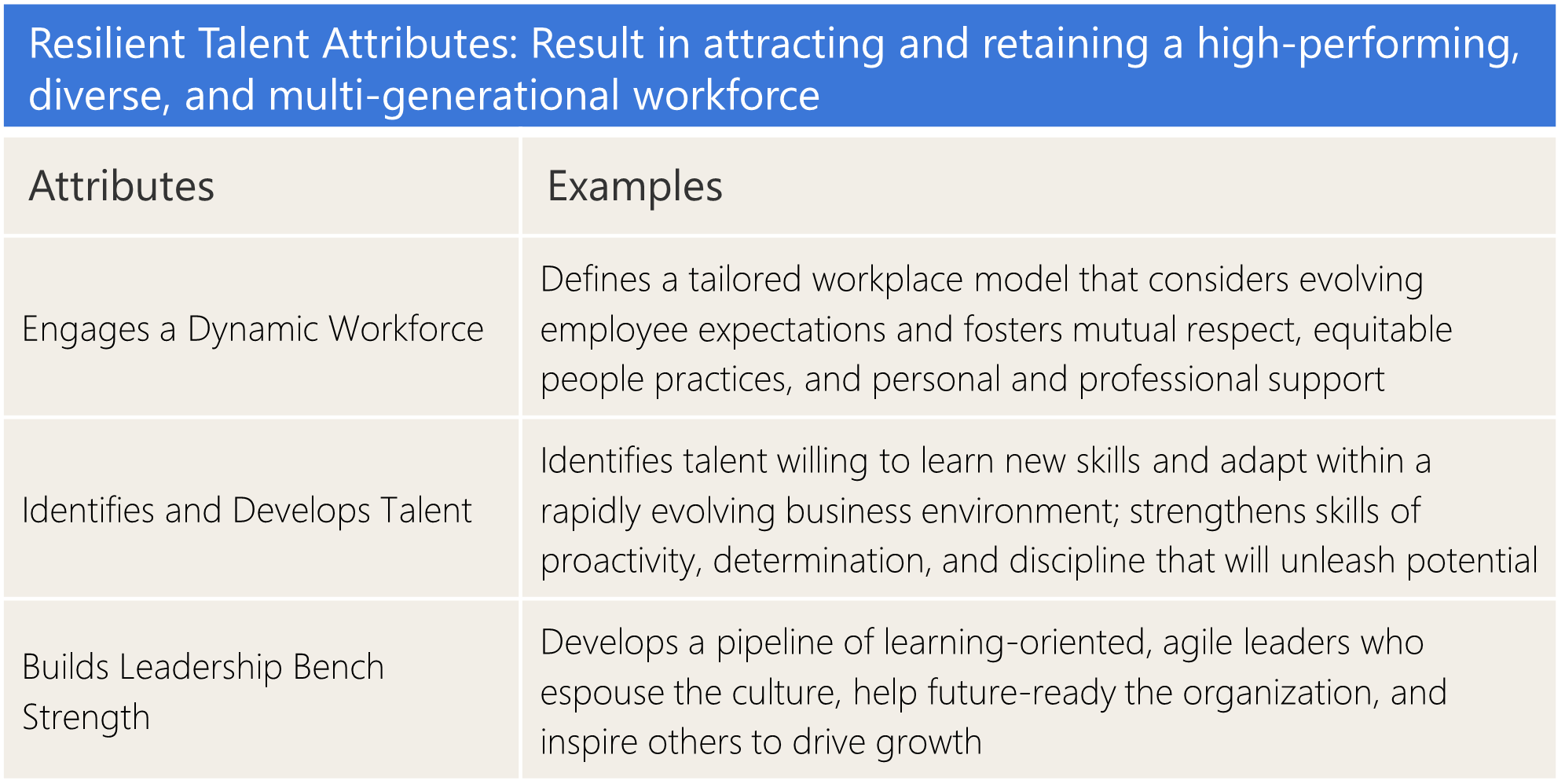
4. Going From Good to Great: A Services Organization Betters Itself to Better Serve Clients
The ability to generate followership rather than obedience is the style required to connect people to the organization, its purpose, and drive them to execute. Accountability, confidence, drive, commitment, integrity, and strong communication skills are traditional CEO attributes that still matter. But increasingly, CEOs have to listen and demonstrate courage, humility, empathy, and authenticity in order to guide teams to success.
Our leadership services team recently worked with a first-time CEO who came into the role with a vision for the organization’s future. What set him apart from many others who begin with similar optimism was an innate understanding that first and foremost it would take people to make it happen. And he started with himself, seeking assistance with establishing his agenda, and advice and coaching on planning and implementing organizational change.
He began at the board level, engaging directors with his vision and the change that would be required. This included detailed plans for increasing the organization’s capacity to serve its constituents and delivering value in a way that met the evolving needs of their clients. This was ultimately laid out in a milestone-based roadmap with clear metrics and goals.
He then moved quickly to assess the senior team and accelerate their ability to lead change as an enterprise leadership team. This included an executive retreat, designed to align the team on key aspects of the organization’s growth opportunities and the implications for their own development and functioning as a team. Follow-on work included redesigning team meetings and creating distributed leadership roles that increased the empowerment, shared accountability, and collaborative decision-making needed to execute the strategic plan. His goal was to develop a dynamic leadership team with individuals willing and able to step up in response to the challenges and opportunities that would inevitability arise.
As a result, the organization has undergone a brand transformation with upgraded programs, significantly improved relationships between the central office and the regional branches, and increased capacity for fundraising. With this strategic plan and a refreshed brand campaign, the organization has received its largest ever donation of more than $100 million dollars. Perhaps most telling is the CEO’s characterization of his team and the board as “top of the class in sharing kindness.”
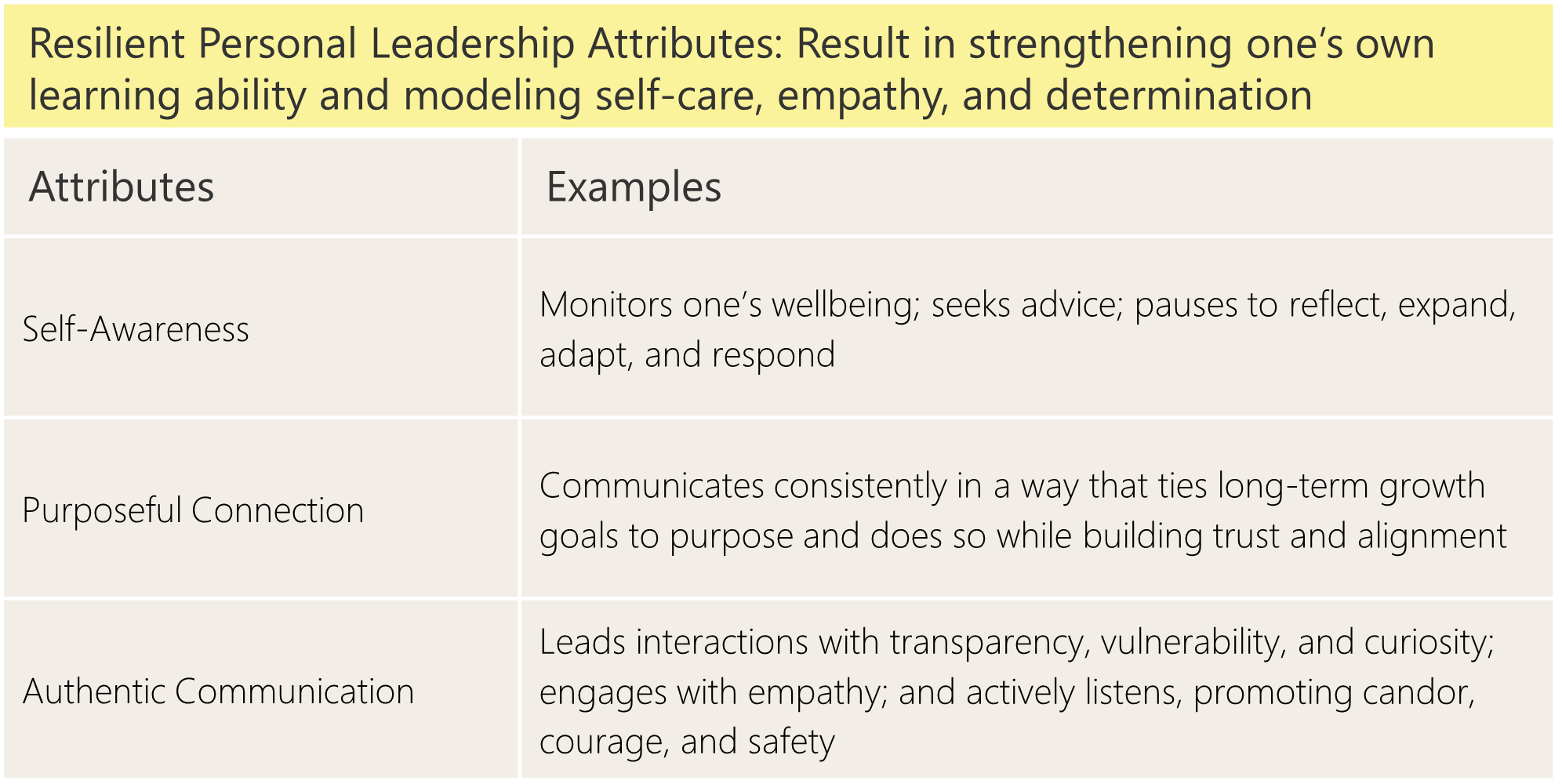
Conclusion
Why are these examples so important? In the fall of 2023, Marketplace reported “More than 1,400 CEOs have left their jobs from January to September this year. That’s up by almost 50% from the same period last year, and it’s the biggest turnover in more than two decades.”
In our work with CEOs, we know many are choosing to leave and that many are so-called “failed appointments.” It is clear that significant swings in the turbulent external environment are reshaping the role of the CEO and touching every aspect of what they oversee, from strategy to organization to talent. Boards and the compensation committees responsible for CEO succession planning know first-hand there is a shift happening.
This reshaping means a new set of differentiating leadership qualities are required to make the CEOs of the future—and their organizations—successful. We need flexibility, adaptability, and the ability to pivot and think creatively while remaining steady in uncharted and difficult times. (In fact, this is increasingly true for directors, as well.)
This is a tall order, especially when combined with the traditional skills and experiences that are still foundational. But for organizations that wish to successfully enact their long-range business strategy and deliver shareholder and stakeholder value over the long-term, finding, developing, and supporting this new brand of CEO will be imperative. As our examples show, it’s a realistic and achievable mission.

